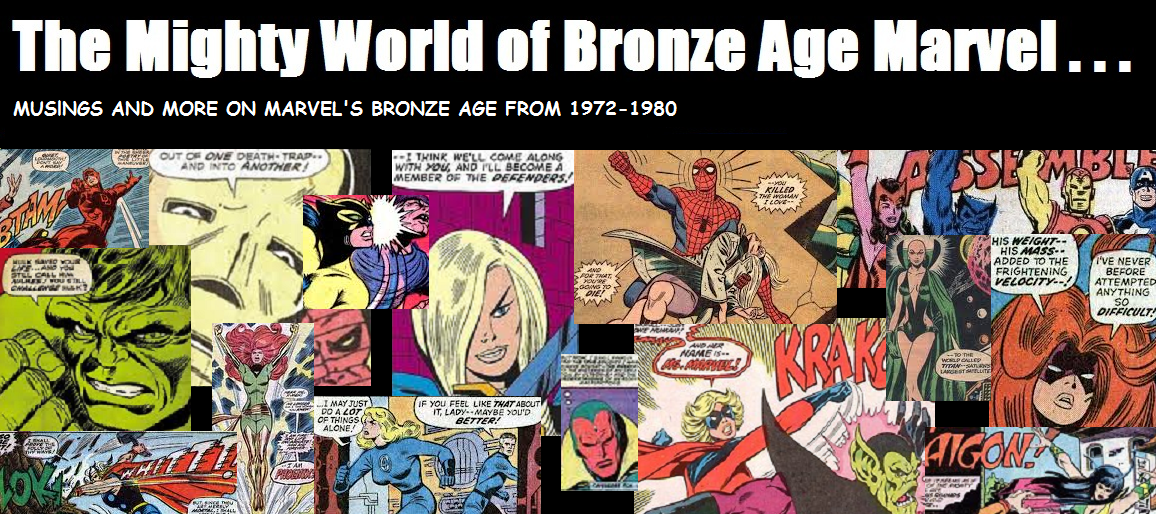 Cover date: February 1972
Cover date: February 1972Writer: Archie Goodwin (plot assist Chris Claremont)
Artist: Herb Trimpe
Inker: John Severin
Sometimes, the cover blurbs on Marvel comics of the Seventies are pure poetry and ‘THE GIRL IN THE EMERALD ATOM!’ certainly fits that bill.
The story opens in the desert at Project: Greenskin, with General Ross, his daughter Betty, Major Talbot and Peter Corbeau, doctor of physics, Nobel Prize winner and builder of Starcore One (note the plot assist from Chris Claremont?) as they discuss Corbeau’s plan to cure Bruce Banner.
Basically, the Hulk is captured and reverted-permanently, supposedly - by bombarding Banner with solar energy relayed back by Starcore One. Whatever works to get the plot underway, I assume.....
Anyway, at the same time this is going on, Jarella (Hulk’s sweetheart within an atom) is fighting off assailants, and making a decision to find her beloved Banner; a feat she manages by the use of magic, and is closely followed by an assassin.
Long story short, Jarella’s (and her assassin) arrival on Earth causes some problems - solar flares from the sun that threaten all life-setting up the issue’s dilemma (as well as Bruce Banner’s emotional conflict between Betty and Jarella), resulting in Bruce once more becoming the Hulk, and Jarella’s return to her own atom sized dimension.
Archie Goodwin was one of the best writers in comics during this period, but despite some good dialogue and characterisation, the story here is slight. Herb Trimpe was the consummate Bronze Age Hulk artist, and John Severin’s inks add a suitably textured nuance to his pencils.
Buy The Incredible Hulk #148 at My Comic Shop





